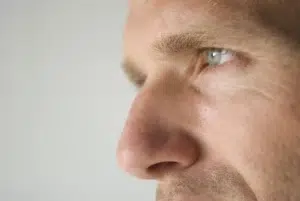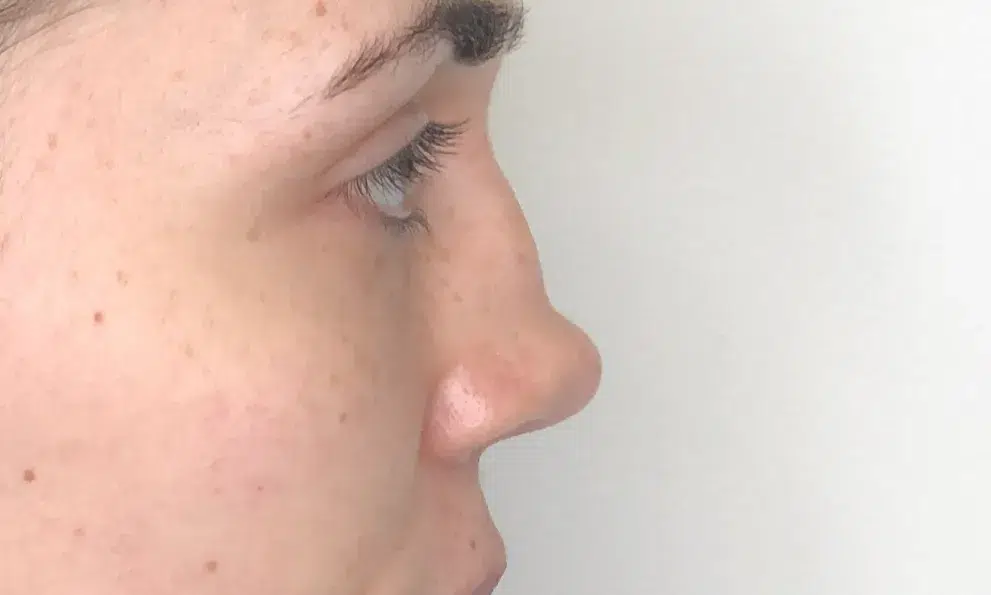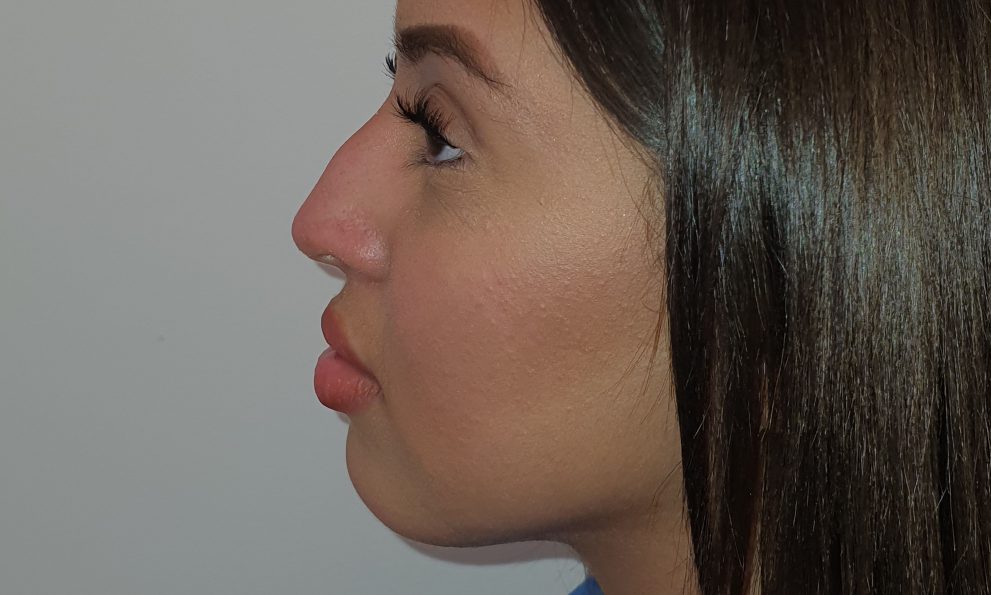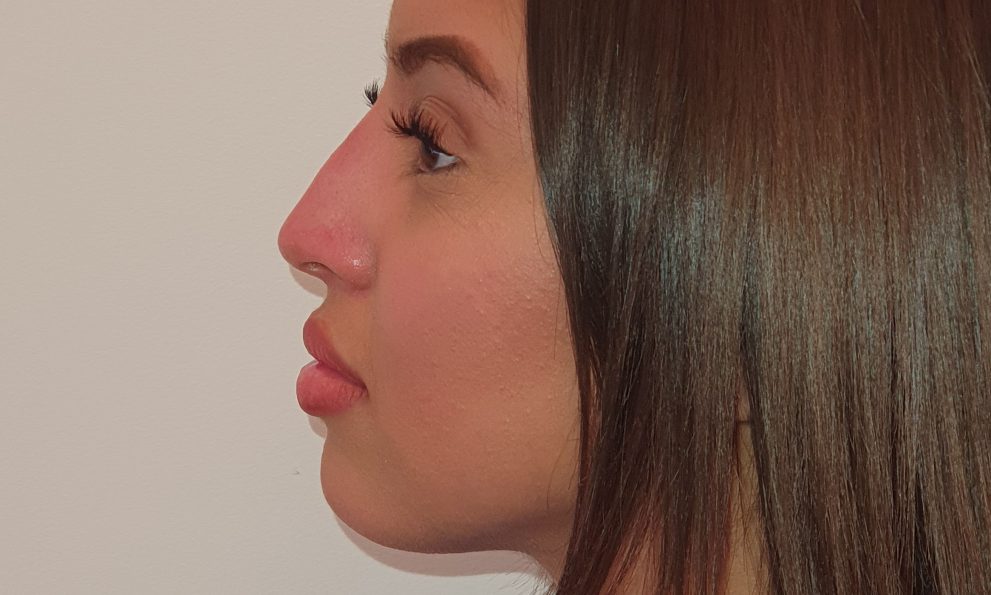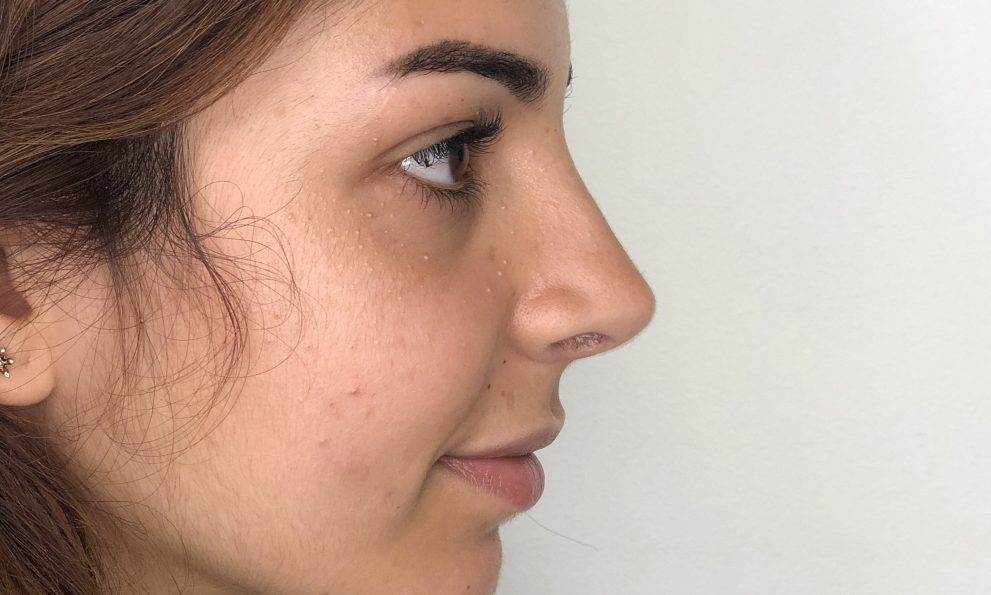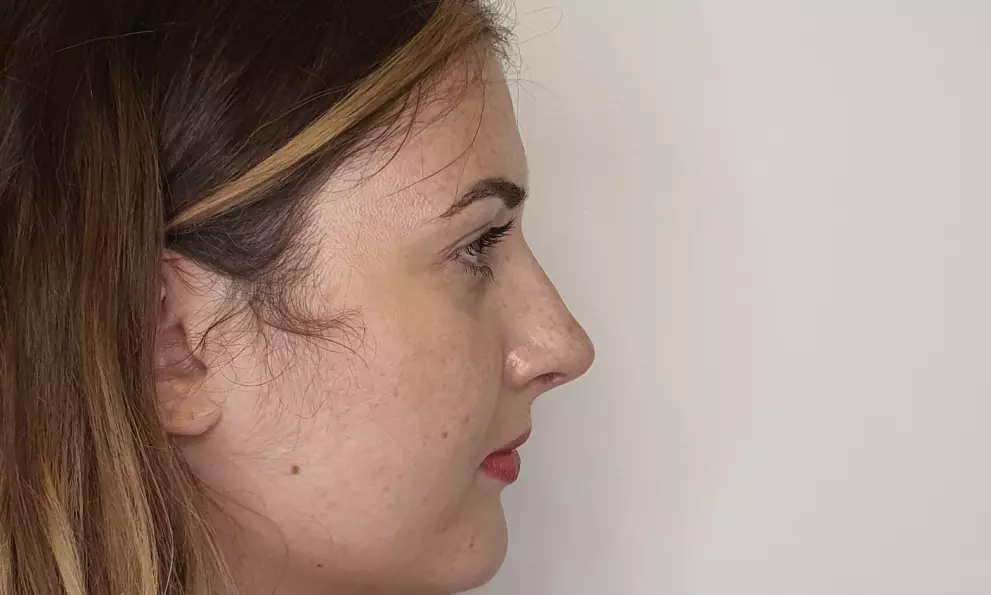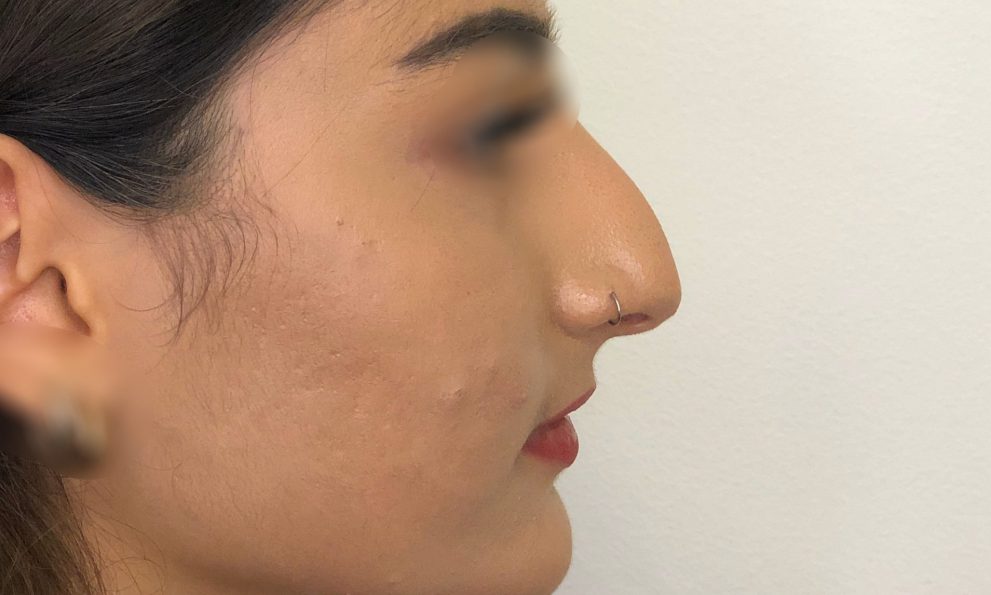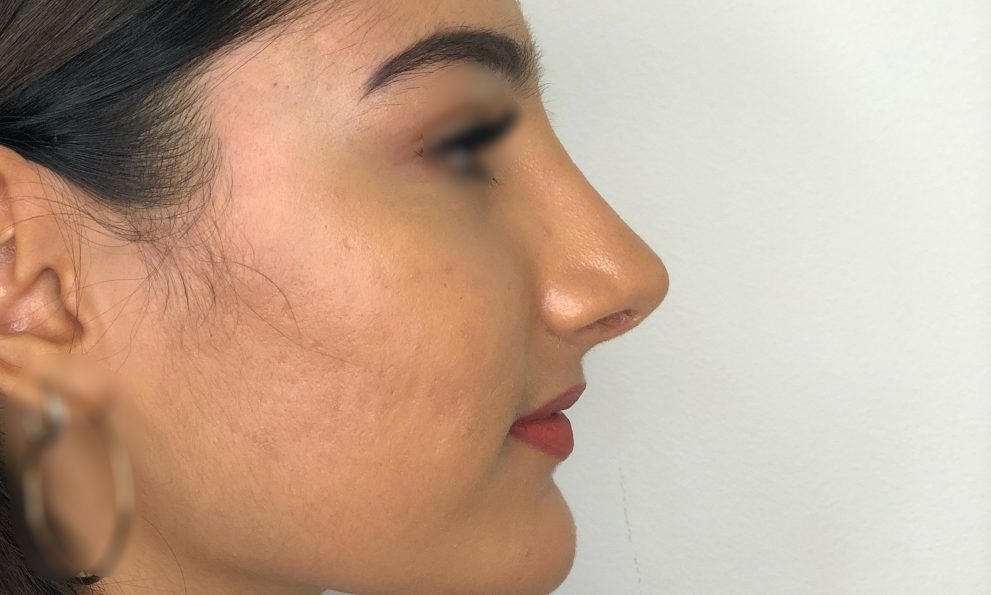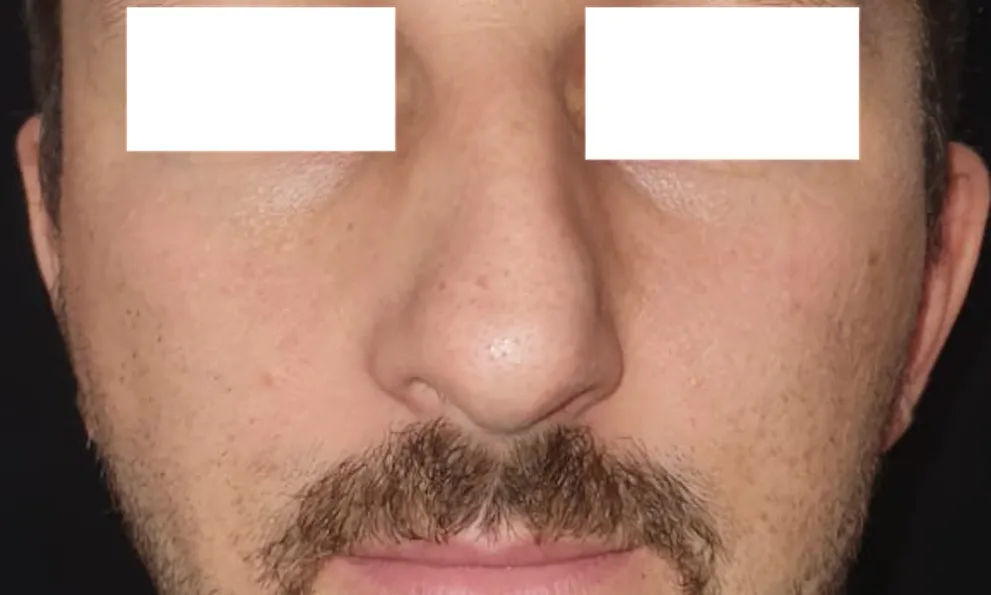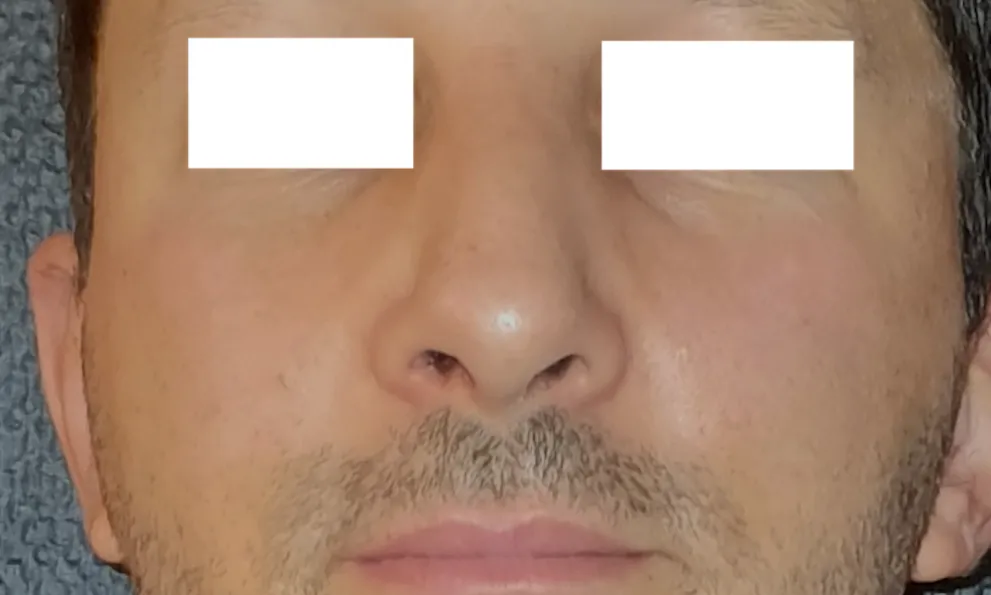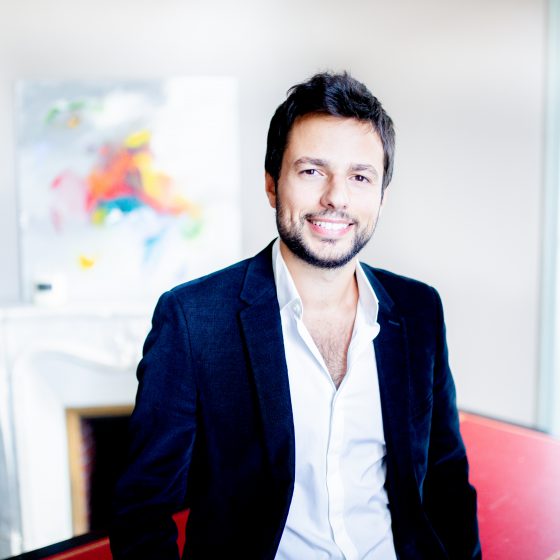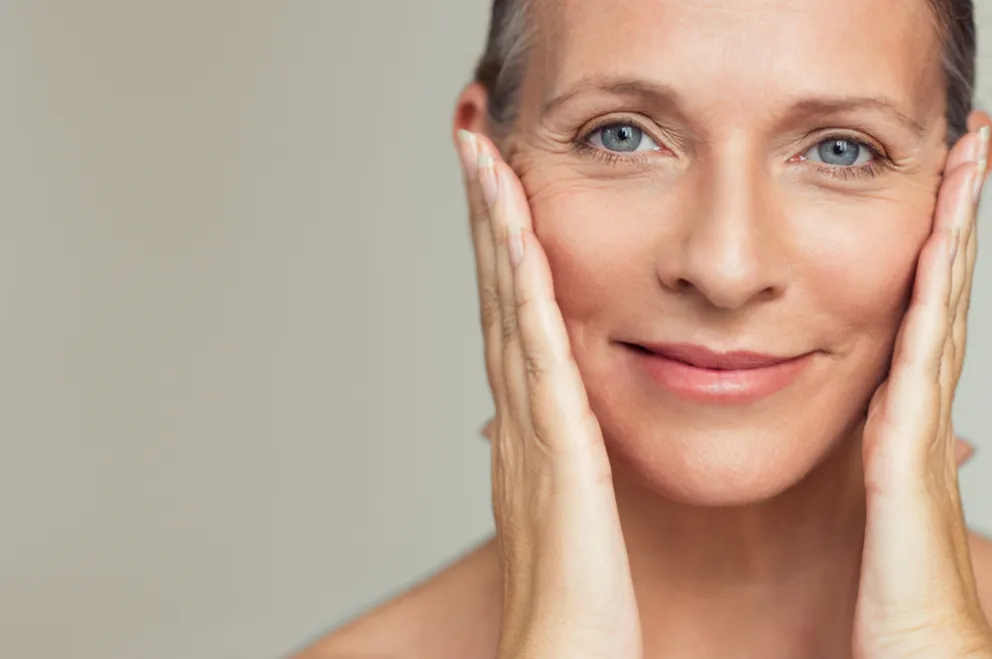MEDICAL RHINOPLASTY PARIS
As a doctor specializing in medicine and cosmetic surgery in Paris 16 I'm seeing spectacular growth in demand for medical rhinoplasty. This technique of facial aesthetic medicine is enjoying remarkable growth. This is due to the growing demand for aesthetic solutions that are quick, accessible and do not involve social exclusion.
This article is aimed at people who are actively seeking to understand this alternative to traditional surgery. My aim is to provide you with complete, objective and transparent information on this procedure, which I perform regularly in my Parisian practice.
Your Questions
FREQUENTLY ASKED QUESTIONS ABOUT MEDICAL RHINOPLASTY
WHAT IS THE MINIMUM AGE FOR MEDICAL RHINOPLASTY?
The legal majority (age 18) is an absolute prerequisite for any aesthetic medical procedure. This limit is based not only on regulations, but also on anatomical considerations: nasal growth continues until the age of 16-17 in girls and 18-19 in boys.
I pay particular attention to adults aged 18-20, who are often influenced by social networks and unrealistic beauty standards. An in-depth consultation assess demand maturity and the stable expectations.
The rare exceptions are recent nasal traumas with significant deformity, requiring early correction for avoid vicious consolidation.
IS IT COMPATIBLE WITH PREGNANCY?
I strongly advise against hyaluronic acid injections during pregnancy and breastfeeding. Although no studies have shown fetal toxicity, the precautionary principle prevails. Hormonal changes during pregnancy can also alter tissue response to the product.
I recommend postponing injections until after childbirth and the end of breastfeeding. This waiting period also ensures weight stability, a factor influencing facial harmony.
CAN MEDICAL RHINOPLASTY BE COMBINED WITH ANOTHER MEDICAL PROCEDURE?
A global approach to the face optimizes aesthetic results. I frequently combine medical rhinoplasty with other treatments:
- botox injections (botulinum toxin) for frown lines (which can visually accentuate nasal defects),
- the filling of nasolabial folds,
- the correction of dark circles by hyaluronic acid.
- and in some cases, a lip injection to harmonize the entire middle and lower third of the face.
This therapeutic synergy calls for precise planning of interventions and a high level of safety. expertise in multiple techniques. Don't hesitate to mention any other aesthetic concerns you may have during your consultation, to optimize your overall care.
WHAT ARE THE CONTRAINDICATIONS TO MEDICAL RHINOPLASTY?
Certain medical situations constitute formal contraindications to medical rhinoplasty.
I never inject in case of :
- pregnancy or breastfeeding,
- coagulation disorders or on anticoagulant therapy,
- known allergy to hyaluronic acid
- severe autoimmune disease proven
- pathological scarring (keloids)
- active skin infections in the nasal area, herpes outbreaks, or any local inflammatory pathology or local skin inflammation
Finally, the unrealistic expectations or the dysmorphic disorders are psychological contraindications that I take very seriously during the initial consultation.
WHAT PRECAUTIONS SHOULD I TAKE AFTER A MEDICAL RHINOPLASTY?
The post-treatment instructions I give are simple but essential to optimize the result and avoid complications. During the first 48 hours :
- I formally forbid the massage of the treated area, the nose manipulations (to avoid displacement of the injected product), and exposure to intense heat (sauna, hammam, direct sunlight).
- Avoid sporting activity to limit swelling and prevent bleeding.
- Avoid alcohol and anti-inflammatory drugsThese substances can cause bruising.
- For sleepingI recommend slightly elevate the head with an extra pillow.
- In case of swelling Importantly, the application of cold (ice compresses wrapped in a cloth) for 10 minutes every hour can bring significant relief following surgery.
YOU MAY BE INTERESTED
IN THESE SECTIONS
TO DR. DJIAN
